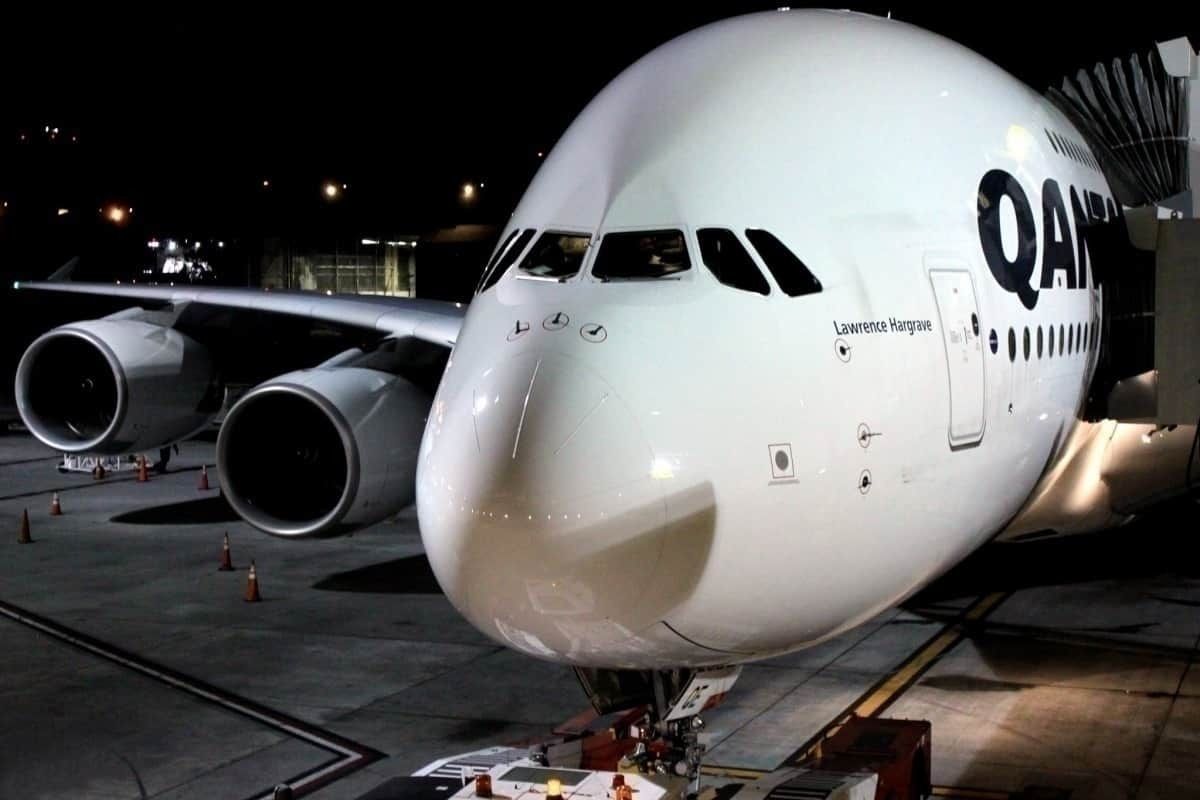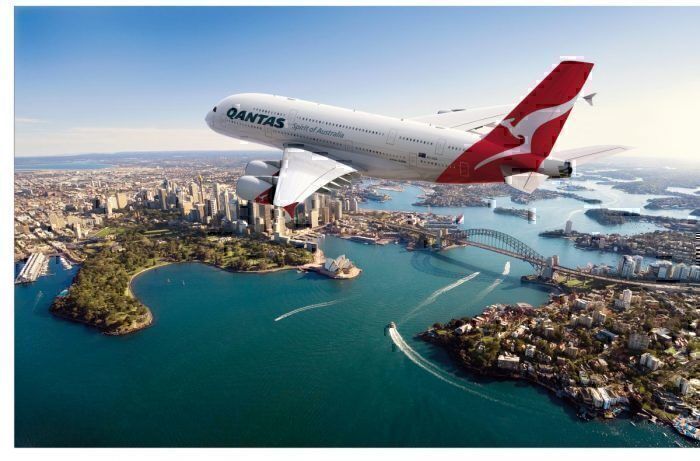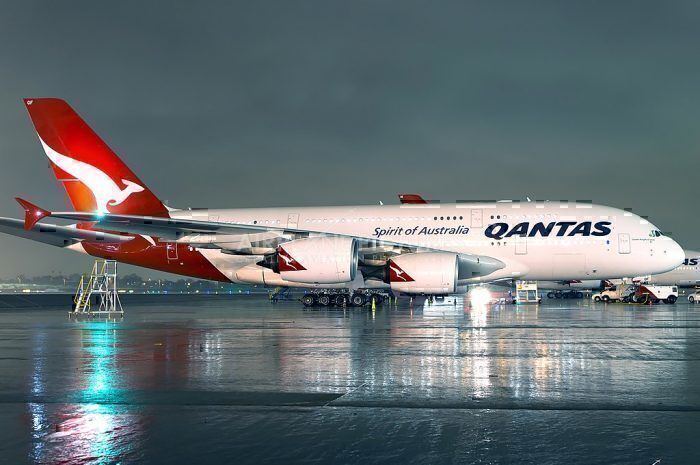Qantas is on course to retire its fleet of twelve A380s within ten years. This follows comments made by the airline’s chief executive officer, Alan Joyce, at an IATA meeting in mid 2019. Back when the A380 was seen as the next big thing, Qantas planned to take 20 of them and crisscross the globe. But things didn’t turn out exactly as planned. During 2019, Qantas cancelled the order for the remaining eight A380s and Airbus formally cancelled production of the A380.
In June 2019, Alan Joyce was reported in Simple Flying as saying;
“We are reconfiguring the A380s as we speak. It will take a year to reconfigure all twelve of them. We are committed to operating the aircraft for up to another ten years.”
As noted yesterday in Simple Flying, the refurbishment of the A380s is well underway. By all accounts, the freshened-up aircraft are being well received and plenty of regular travelers are comparing seat plans to make sure they get booked onto a flight with a refurbished A380 scheduled to operate it.
The right or wrong aircraft?
There has been a bit of discussion around as to whether Qantas made the right or wrong decision buying the A380s back in 2006. The operating environment has changed a lot in 13 years and hindsight is a beautiful thing.
It’s fair to say the A380 never enjoyed the success anticipated - not just at Qantas but worldwide. The A380 came into production perhaps a decade too late. But it is unfair to say the A380 was a dud - it wasn’t. Rather, it turned out to be a niche aircraft, but because it was a highly expensive niche aircraft, the economics were always difficult.
While the trend in aviation is towards point to point travel using smaller aircraft, the A380 found a decent market flying on certain routes - usually long haul between key international airports. For airlines like Qantas, it meant they could reduce the number of services to places like Los Angeles and Heathrow while maintaining available seat numbers.
The idea of the A380 as a congestion buster never really worked. Sure, Qantas could vacate a slot, but nature abhors a vacuum and another aircraft inevitably slid into that spot. Airports get busier as passenger and aircraft numbers keep climbing. Congestion busting aircraft are just a nice theoretical idea - nothing more.
For its part, Qantas does seem to be making a success of flying the A380 on key international routes - out to Singapore, London, Los Angeles and Dallas Fort Worth. These are all long haul routes flying between key airports.
Passengers generally like the A380
Many passengers prefer the larger A380 aircraft to the smaller, albeit more modern Boeing 787s and A350s. Down the back of the plane, there is more room and larger cabins. Well, in raw numbers that may not be the case. The amount of passenger space per passenger may not vary between an A380 and a 787, but if a passenger perceives this as so, the sense of space can be as important to passenger satisfaction as the actual space.
Would the A380 ever work as the Project Sunrise aircraft?
There’s even the argument that with a modified fuel tank, the A380 could have stepped up for Project Sunrise. After all, an A380 flew nonstop from Germany to Australia last week. It is an interesting idea, and one no doubt that Qantas looked at, but it’s unlikely the numbers stacked up.
That Qantas flight from Germany flew to Australia without passengers. Aircraft need passengers to turn a dollar. The weight of 380 odd passengers and all their stuff and all the provisions needed onboard to cater to them would substantially shorten the nonstop range of an A380, modified fuel tank or not. And the A380 burns through fuel. The idea of an A380 as the Project Sunrise aircraft is difficult to reconcile from a financial point of view and runs counter to Qantas’ efforts to reduce their environmental impact.
This all goes back to my earlier point that the A380 is a niche aircraft. It can work on certain routes but not on the majority of routes. It isn’t a versatile aircraft. This all goes some way to explaining why the era of the A380 is going to be a relatively short one. Qantas and other A380 operators around the world are actively moving to phase the aircraft out over the next decade. The era of the mega passenger aircraft appears to be drawing to a close.
That's it for me until after Christmas. I wish all our readers the compliments of the season.




